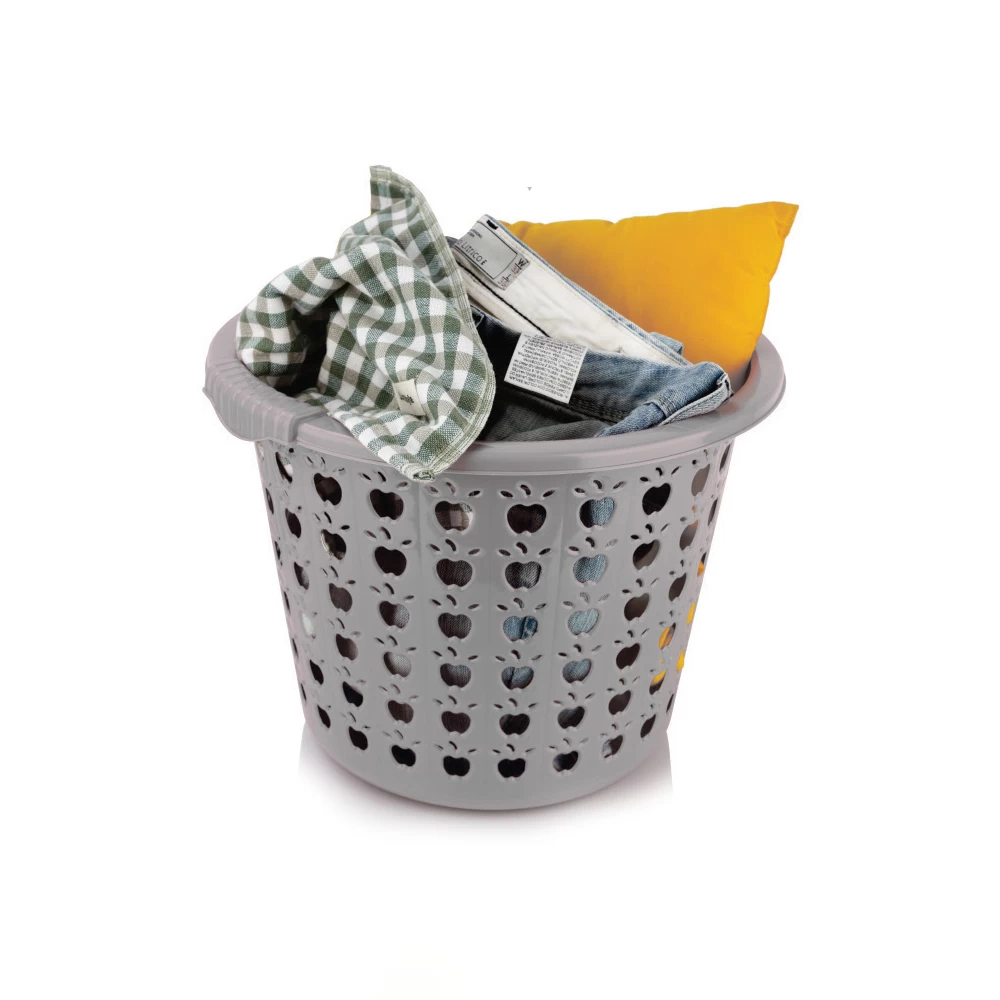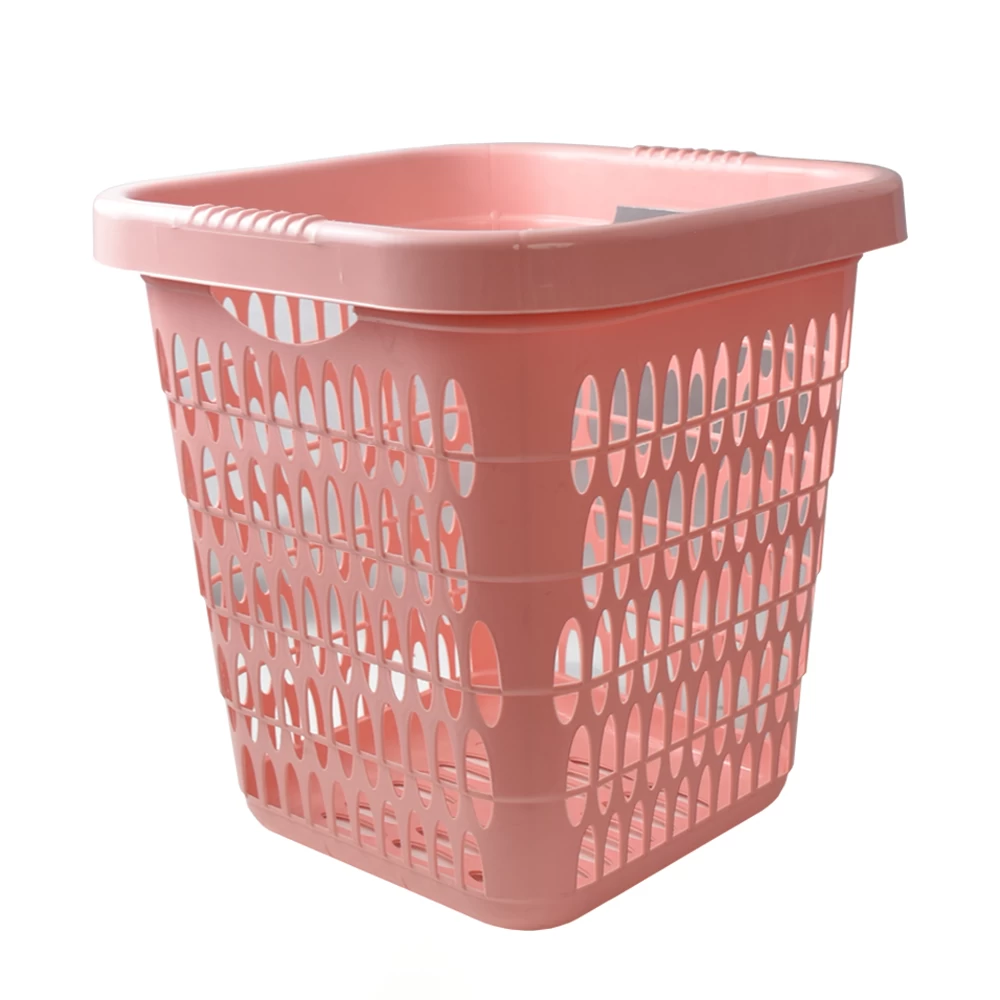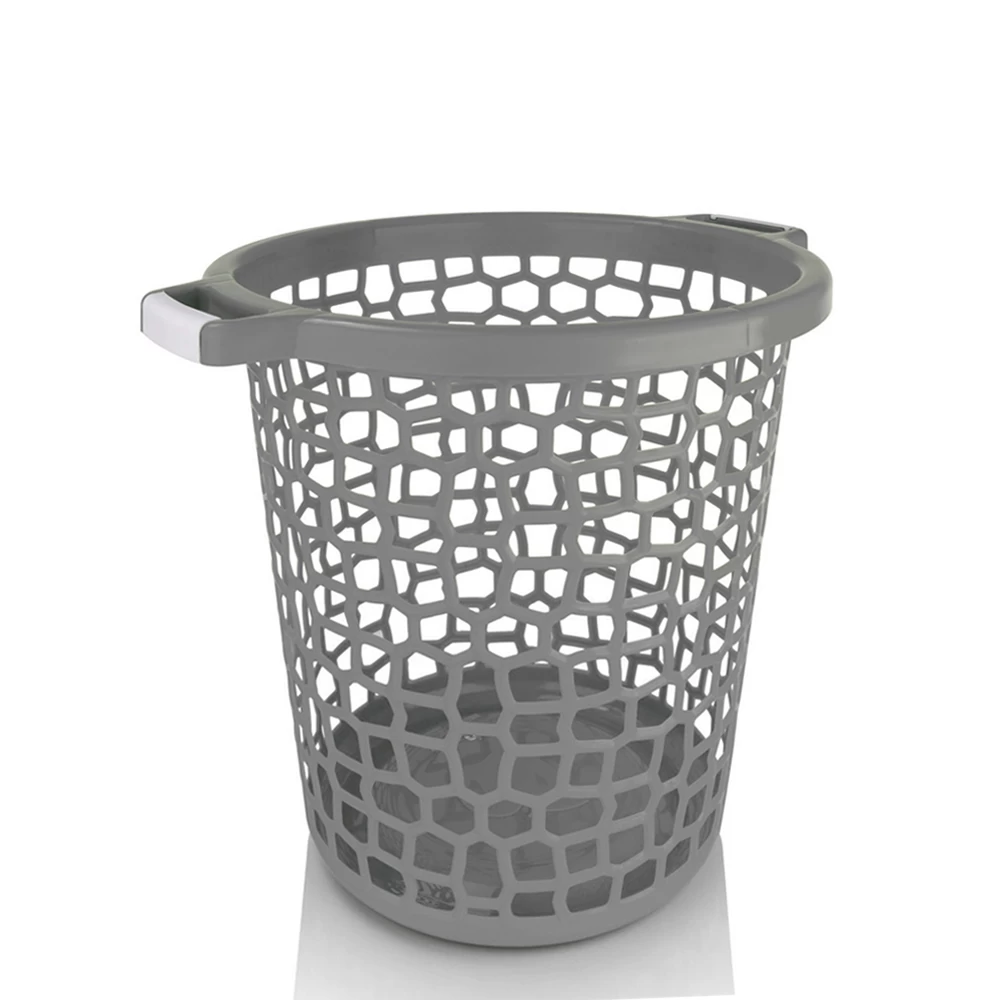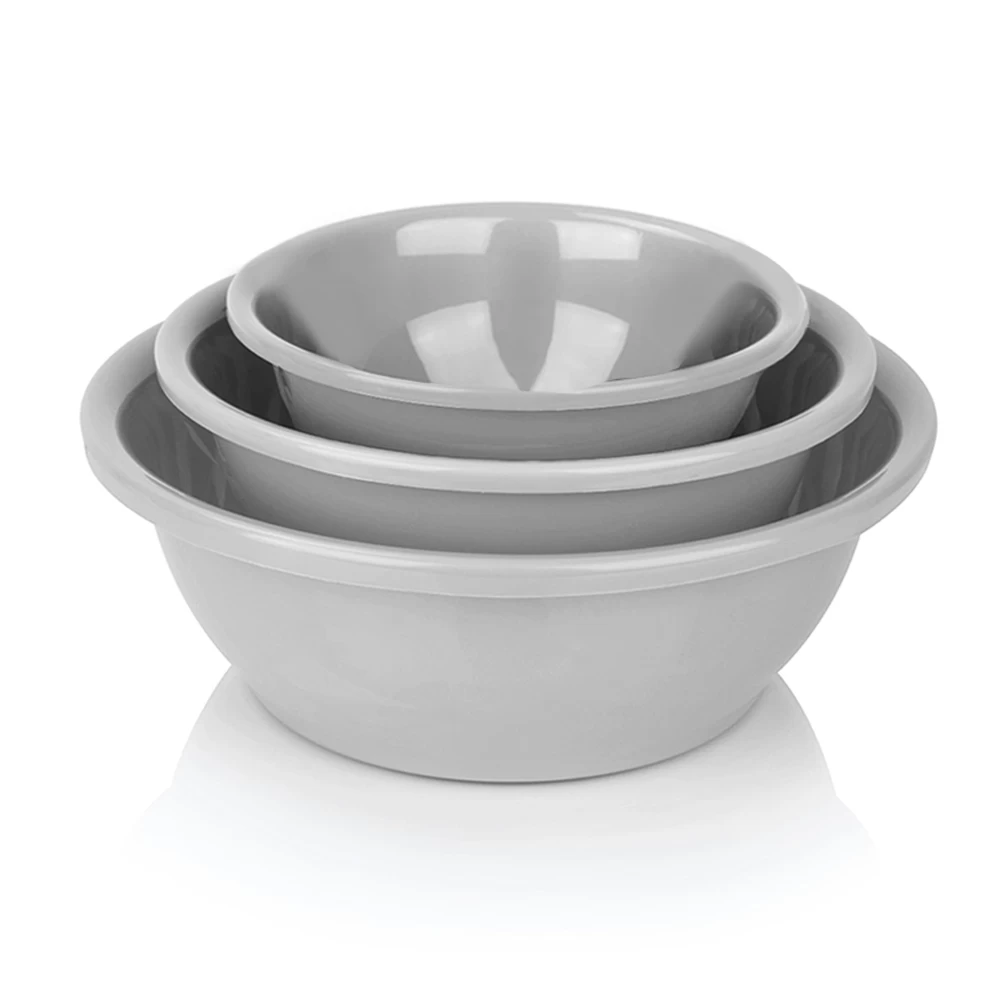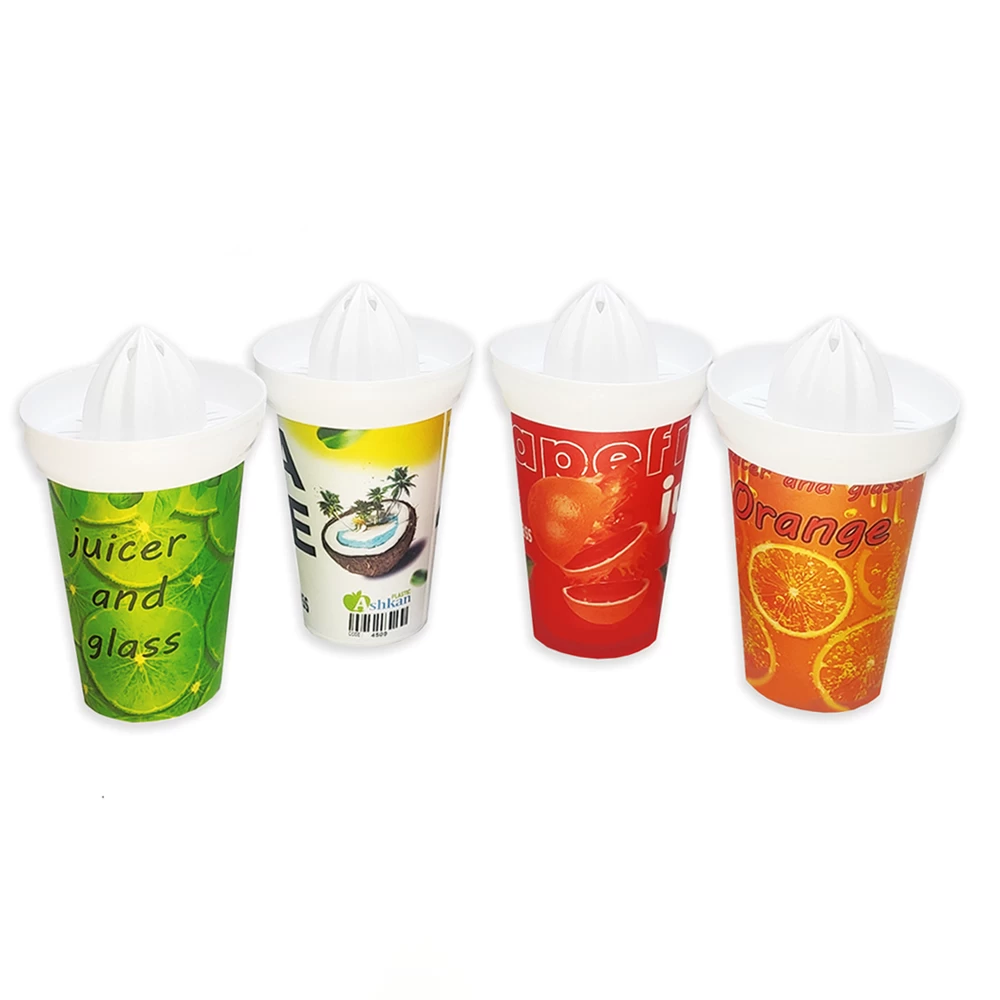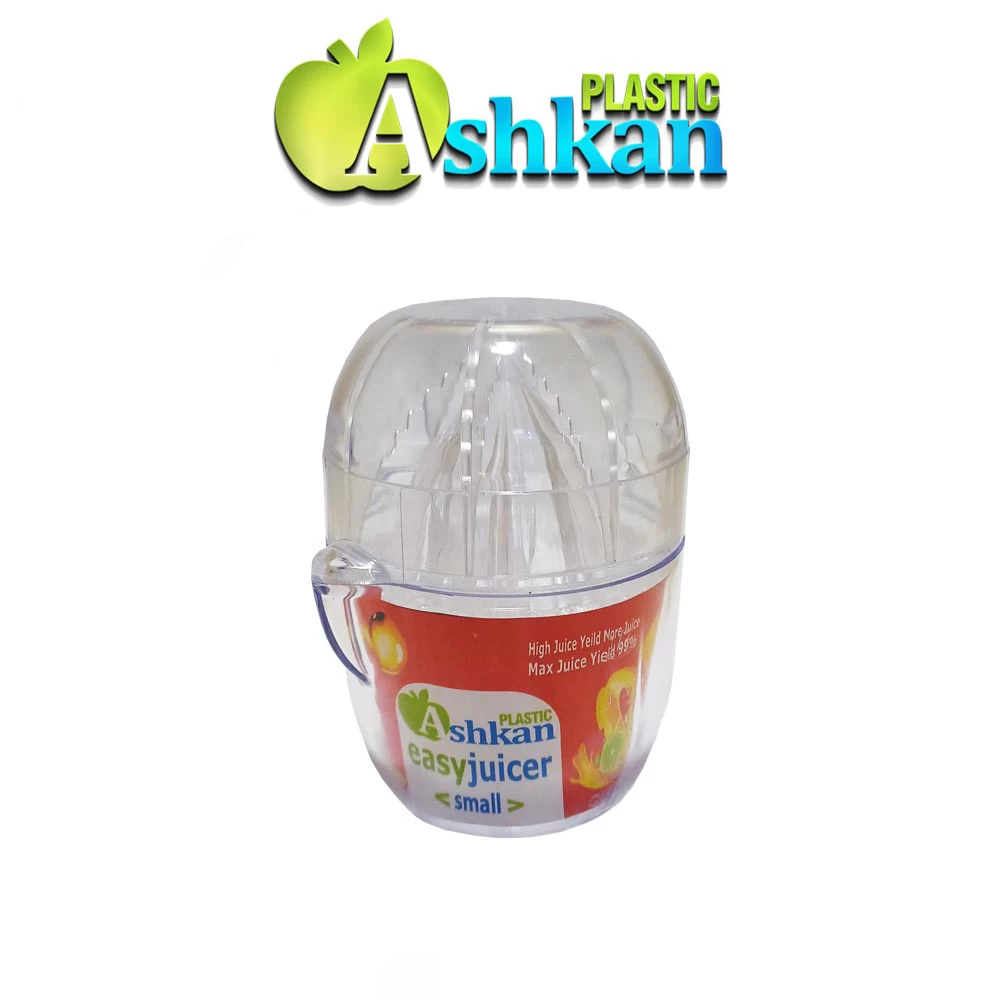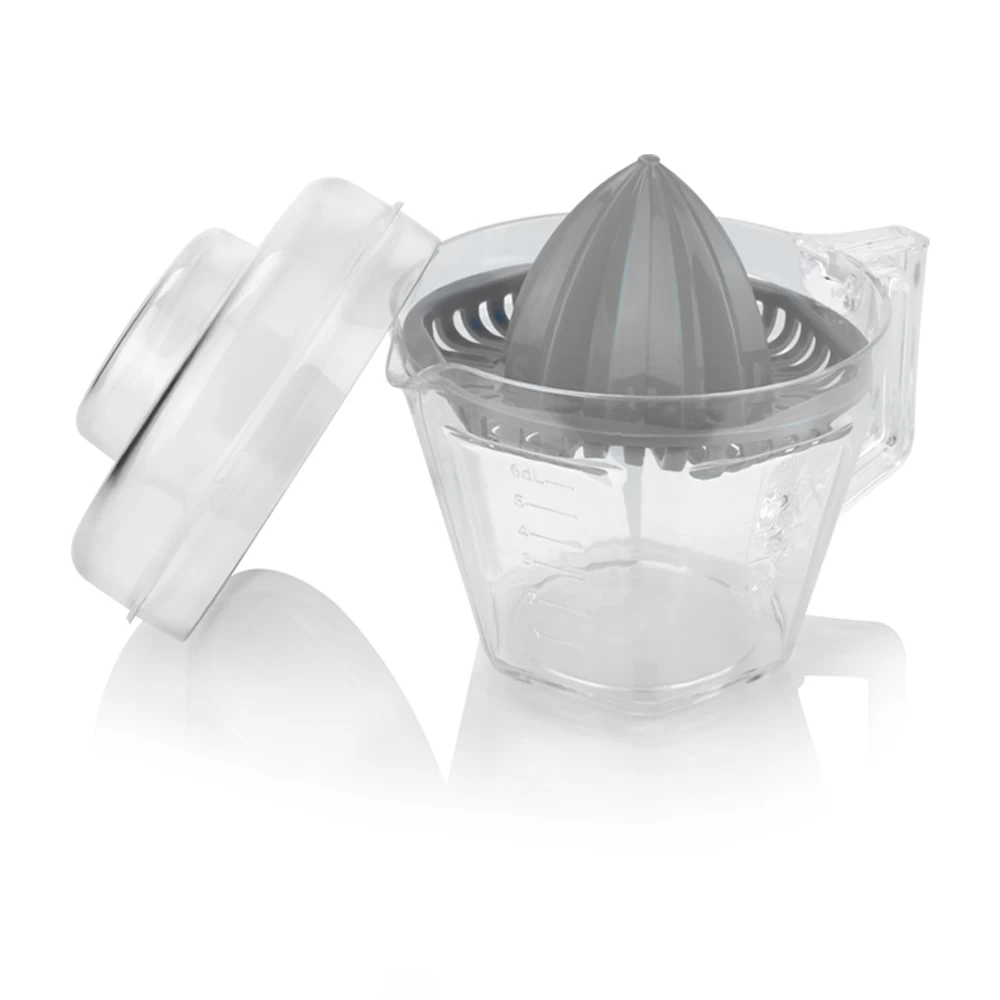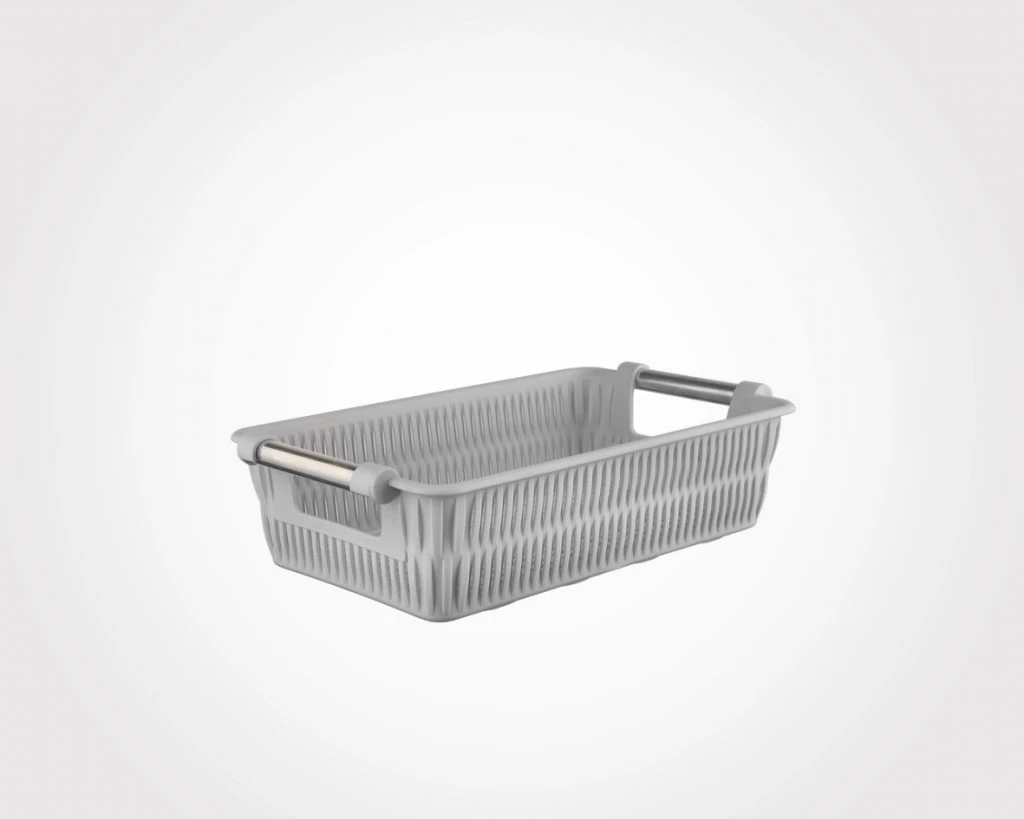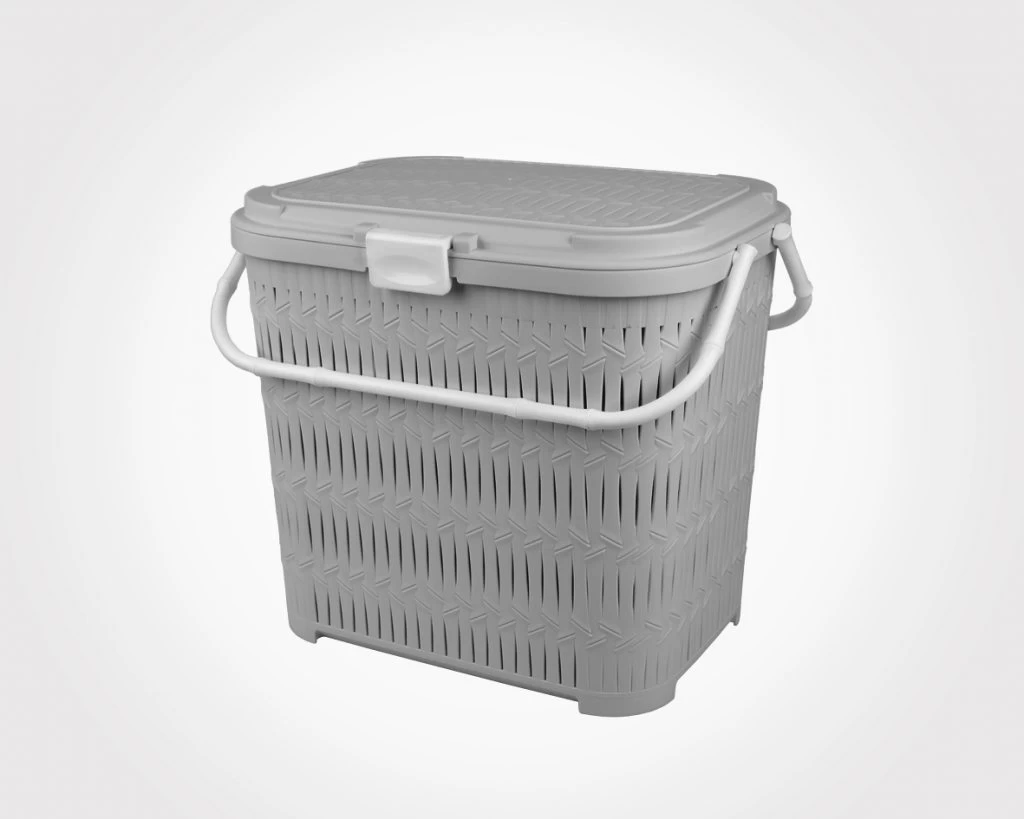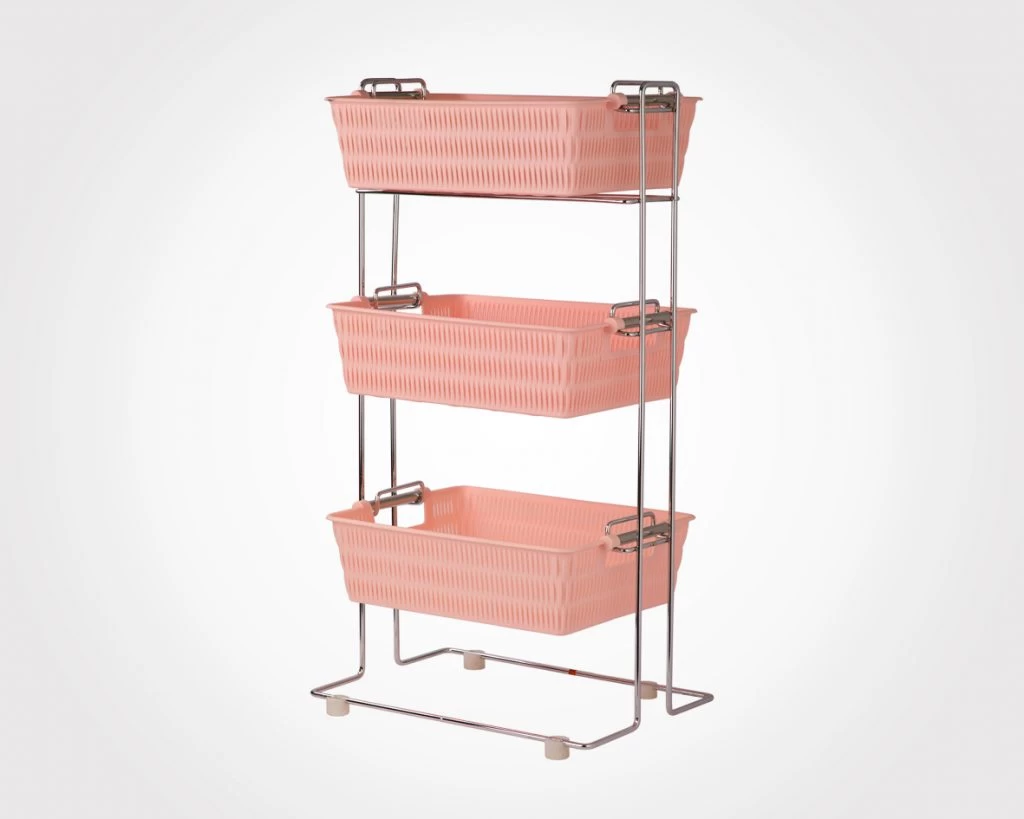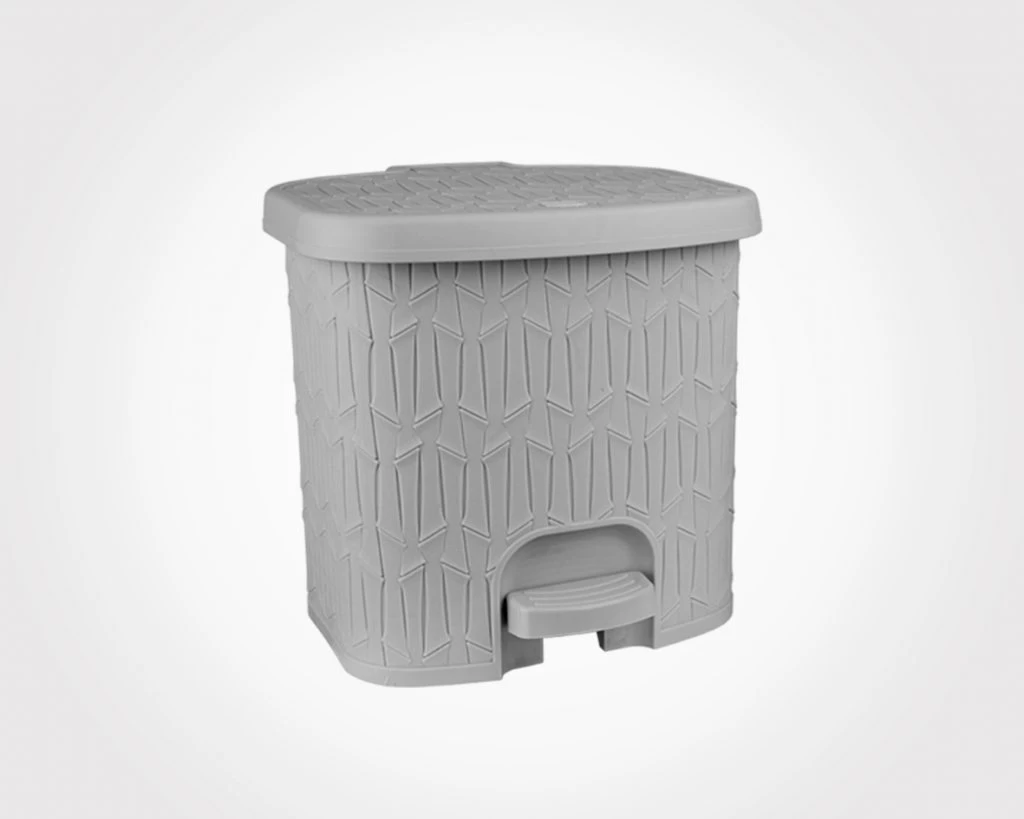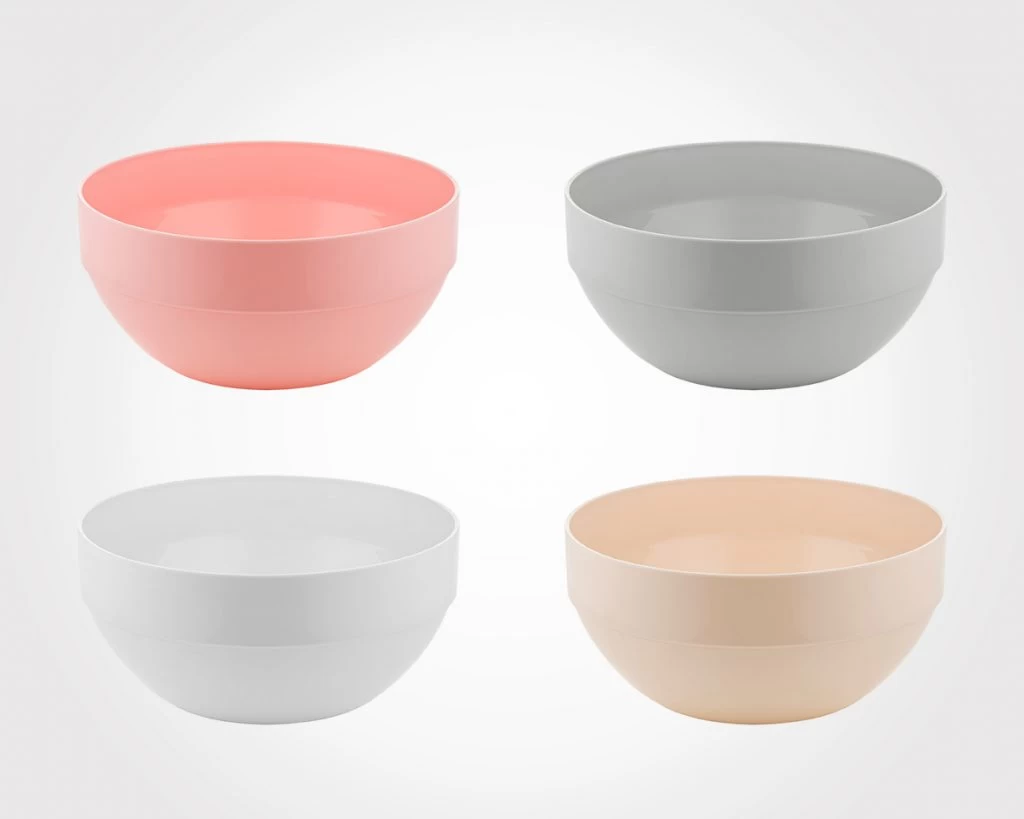Rubber & Plastics
Rubber is a flexible and elastic material that can be either natural or synthetic. Here are the key aspects of rubber:
1. Natural Rubber:
- Derived from the latex sap of certain plants, primarily the rubber tree (Hevea brasiliensis).
- The latex is harvested by making incisions in the bark of the tree, allowing the latex to flow and be collected.
- Natural rubber consists mainly of polymers of isoprene.
2. Synthetic Rubber:
- Produced through chemical processes using petroleum-derived monomers.
- Various types of synthetic rubber exist, such as styrene-butadiene rubber (SBR), polybutadiene rubber (BR), and neoprene
3. Properties:
- Elasticity: Rubber exhibits high elasticity, meaning it can deform under stress and return to its original shape when the stress is removed.
- Flexibility: Rubber is flexible, allowing it to bend and stretch without breaking.
- Insulating Properties: Rubber is a good insulator of electricity and is used in electrical applications.
4. Applications:
- Tires: One of the most significant uses of rubber is in the manufacturing of tires for vehicles.
- Industrial Belts and Hoses: Rubber is used in conveyor belts, hoses, and other industrial applications.
- Footwear: Rubber is commonly used in the soles of shoes for its durability and comfort.
- Consumer Goods: Rubber is found in various products, including seals, gaskets, and household items.
5. Vulcanization:
- A process in which natural or synthetic rubber is treated with sulfur and heat to improve its strength, elasticity, and resistance to wear.
_1710692676.jpg)
Rubber's unique combination of properties makes it suitable for a wide range of applications, from industrial uses to everyday consumer products.
"Natural plastic" is a term that can refer to bioplastics, which are a type of plastic derived from renewable biomass sources such as corn starch, sugarcane, or vegetable fats and oils. Unlike traditional plastics, which are derived from petroleum, bioplastics offer the potential for reduced environmental impact because they can be biodegradable or compostable under certain conditions. These materials are increasingly used in various applications, including packaging, consumer goods, and even medical devices, as part of efforts to reduce reliance on fossil fuels and mitigate plastic pollution.
Synthetic rubber refers to any type of artificial elastomer or polymer material that exhibits properties similar to natural rubber (latex). These materials are produced through chemical processes rather than being extracted from natural sources like rubber trees.
Synthetic rubber was developed as an alternative to natural rubber due to limitations in supply and the need for materials with specific properties. The most common synthetic rubber is styrene-butadiene rubber (SBR), which is widely used in tire manufacturing. Other types of synthetic rubber include polybutadiene rubber (BR), ethylene-propylene rubber (EPR), and chloroprene rubber (CR), among others.
Synthetic rubbers offer advantages such as better resistance to heat, chemicals, and weathering compared to natural rubber. They also allow for more precise control over properties like hardness, elasticity, and durability, making them suitable for a wide range of industrial applications, including automotive, construction, and consumer goods.
Plastic is a synthetic material made from polymers, which are large molecules composed of repeating structural units called monomers. These monomers are derived from petrochemicals or other organic sources and are processed through various chemical reactions to form polymers. Plastics can be molded, extruded, or shaped into a wide variety of forms, making them versatile materials used in numerous applications, including packaging, construction, automotive parts, electronics, and textiles. They can vary in properties such as flexibility, durability, transparency, and heat resistance, depending on their composition and processing methods.
Recycling plastic involves the process of collecting, sorting, cleaning, and reprocessing plastic waste to produce new plastic products. Here are the general steps involved in recycling plastic:
1. Collection: Plastic waste is collected from various sources such as households, businesses, and industries. This can be done through curbside collection programs, drop-off centers, or commercial waste collection services.
2. Sorting: Once collected, plastic waste is sorted based on its type and resin code. The most common resin identification codes include PET (Polyethylene Terephthalate), HDPE (High-Density Polyethylene), PVC (Polyvinyl Chloride), LDPE (Low-Density Polyethylene), PP (Polypropylene), PS (Polystyrene), and others. Sorting ensures that plastics with similar properties are processed together.
3. Cleaning: After sorting, the plastic waste is cleaned to remove any contaminants such as dirt, food residues, labels, or other non-plastic materials. This step is crucial to maintain the quality of the recycled plastic.
4. Shredding or Chopping: The cleaned plastic waste is then mechanically shredded or chopped into smaller pieces to increase its surface area and facilitate the recycling process.
5. Melting or Pelletizing: The shredded or chopped plastic pieces are melted down and formed into small pellets or flakes through a process called extrusion. These pellets or flakes serve as the raw material for manufacturing new plastic products.
6. Remanufacturing: The recycled plastic pellets or flakes are then used by manufacturers to produce a wide range of products, including containers, packaging materials, construction materials, textiles, and more.
7. Reuse: In some cases, recycled plastic can also be directly reused without undergoing the entire recycling process. This includes activities such as refilling plastic containers or using recycled plastic in 3D printing.
8. Market Development: Encouraging the use of recycled plastic products and creating demand for recycled materials is essential for the success of plastic recycling efforts. This involves promoting awareness among consumers, supporting sustainable product design, and incentivizing businesses to incorporate recycled content in their products.

Overall, recycling plastic helps conserve natural resources, reduce energy consumption, minimize waste sent to landfills, and mitigate environmental pollution. However, it also requires cooperation from individuals, businesses, governments, and recycling facilities to be effective.
- Derived from the latex sap of certain plants, primarily the rubber tree (Hevea brasiliensis).
- The latex is harvested by making incisions in the bark of the tree, allowing the latex to flow and be collected.
- Natural rubber consists mainly of polymers of isoprene.
2. Synthetic Rubber:
- Produced through chemical processes using petroleum-derived monomers.
- Various types of synthetic rubber exist, such as styrene-butadiene rubber (SBR), polybutadiene rubber (BR), and neoprene
- Elasticity: Rubber exhibits high elasticity, meaning it can deform under stress and return to its original shape when the stress is removed.
- Flexibility: Rubber is flexible, allowing it to bend and stretch without breaking.
- Insulating Properties: Rubber is a good insulator of electricity and is used in electrical applications.
4. Applications:
- Tires: One of the most significant uses of rubber is in the manufacturing of tires for vehicles.
- Industrial Belts and Hoses: Rubber is used in conveyor belts, hoses, and other industrial applications.
- Footwear: Rubber is commonly used in the soles of shoes for its durability and comfort.
- Consumer Goods: Rubber is found in various products, including seals, gaskets, and household items.
5. Vulcanization:
- A process in which natural or synthetic rubber is treated with sulfur and heat to improve its strength, elasticity, and resistance to wear.
_1710692676.jpg)
"Natural plastic" is a term that can refer to bioplastics, which are a type of plastic derived from renewable biomass sources such as corn starch, sugarcane, or vegetable fats and oils. Unlike traditional plastics, which are derived from petroleum, bioplastics offer the potential for reduced environmental impact because they can be biodegradable or compostable under certain conditions. These materials are increasingly used in various applications, including packaging, consumer goods, and even medical devices, as part of efforts to reduce reliance on fossil fuels and mitigate plastic pollution.
Synthetic rubber refers to any type of artificial elastomer or polymer material that exhibits properties similar to natural rubber (latex). These materials are produced through chemical processes rather than being extracted from natural sources like rubber trees.
Synthetic rubber was developed as an alternative to natural rubber due to limitations in supply and the need for materials with specific properties. The most common synthetic rubber is styrene-butadiene rubber (SBR), which is widely used in tire manufacturing. Other types of synthetic rubber include polybutadiene rubber (BR), ethylene-propylene rubber (EPR), and chloroprene rubber (CR), among others.
Synthetic rubbers offer advantages such as better resistance to heat, chemicals, and weathering compared to natural rubber. They also allow for more precise control over properties like hardness, elasticity, and durability, making them suitable for a wide range of industrial applications, including automotive, construction, and consumer goods.
Plastic is a synthetic material made from polymers, which are large molecules composed of repeating structural units called monomers. These monomers are derived from petrochemicals or other organic sources and are processed through various chemical reactions to form polymers. Plastics can be molded, extruded, or shaped into a wide variety of forms, making them versatile materials used in numerous applications, including packaging, construction, automotive parts, electronics, and textiles. They can vary in properties such as flexibility, durability, transparency, and heat resistance, depending on their composition and processing methods.
Recycling plastic involves the process of collecting, sorting, cleaning, and reprocessing plastic waste to produce new plastic products. Here are the general steps involved in recycling plastic:
2. Sorting: Once collected, plastic waste is sorted based on its type and resin code. The most common resin identification codes include PET (Polyethylene Terephthalate), HDPE (High-Density Polyethylene), PVC (Polyvinyl Chloride), LDPE (Low-Density Polyethylene), PP (Polypropylene), PS (Polystyrene), and others. Sorting ensures that plastics with similar properties are processed together.
3. Cleaning: After sorting, the plastic waste is cleaned to remove any contaminants such as dirt, food residues, labels, or other non-plastic materials. This step is crucial to maintain the quality of the recycled plastic.
4. Shredding or Chopping: The cleaned plastic waste is then mechanically shredded or chopped into smaller pieces to increase its surface area and facilitate the recycling process.
6. Remanufacturing: The recycled plastic pellets or flakes are then used by manufacturers to produce a wide range of products, including containers, packaging materials, construction materials, textiles, and more.
7. Reuse: In some cases, recycled plastic can also be directly reused without undergoing the entire recycling process. This includes activities such as refilling plastic containers or using recycled plastic in 3D printing.
8. Market Development: Encouraging the use of recycled plastic products and creating demand for recycled materials is essential for the success of plastic recycling efforts. This involves promoting awareness among consumers, supporting sustainable product design, and incentivizing businesses to incorporate recycled content in their products.

FAQs
What is rubber ?
Rubber is a flexible and elastic material that can be either natural or synthetic
Where is rubber used?
Rubber is used in conveyor belts, hoses, and other industrial applications.
What is Synthetic rubber ?
Synthetic rubber refers to any type of artificial elastomer or polymer material that exhibits properties similar to natural rubber (latex)
What does plastic recycling help?
plastic recycling helps conserve natural resources, reduce energy consumption, minimize waste sent to landfills, and reduce environmental pollution.
 +7929688-88-14
+7929688-88-14

 English
English
 Persian
Persian
 Russian
Russian
 Chinese
Chinese


 +7929688-88-14
+7929688-88-14



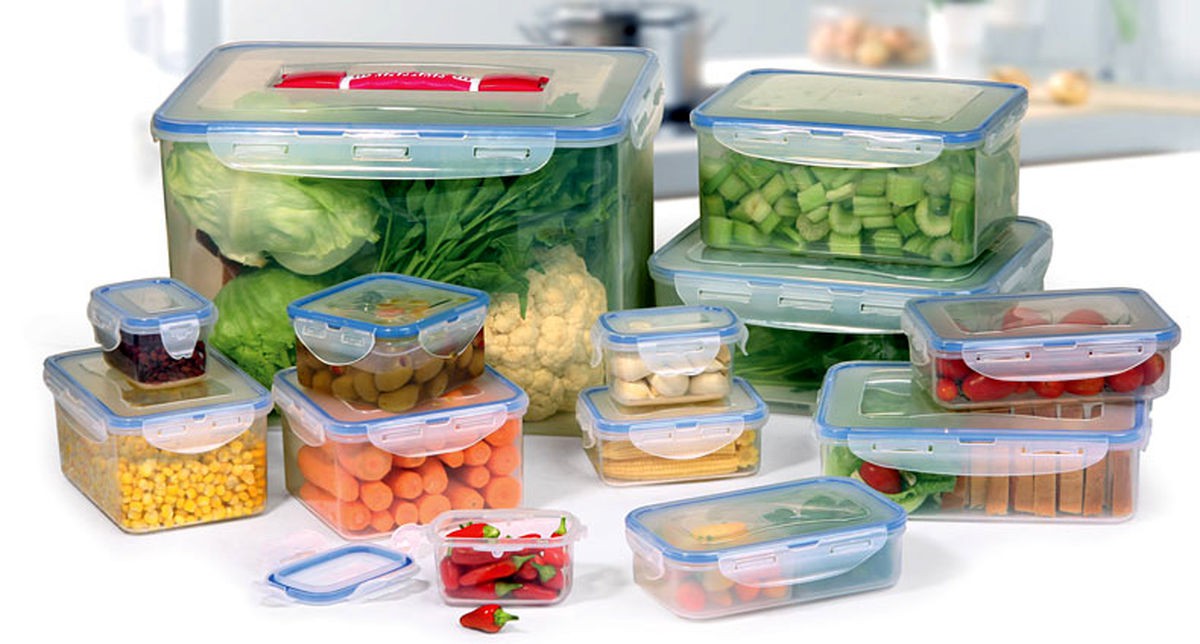
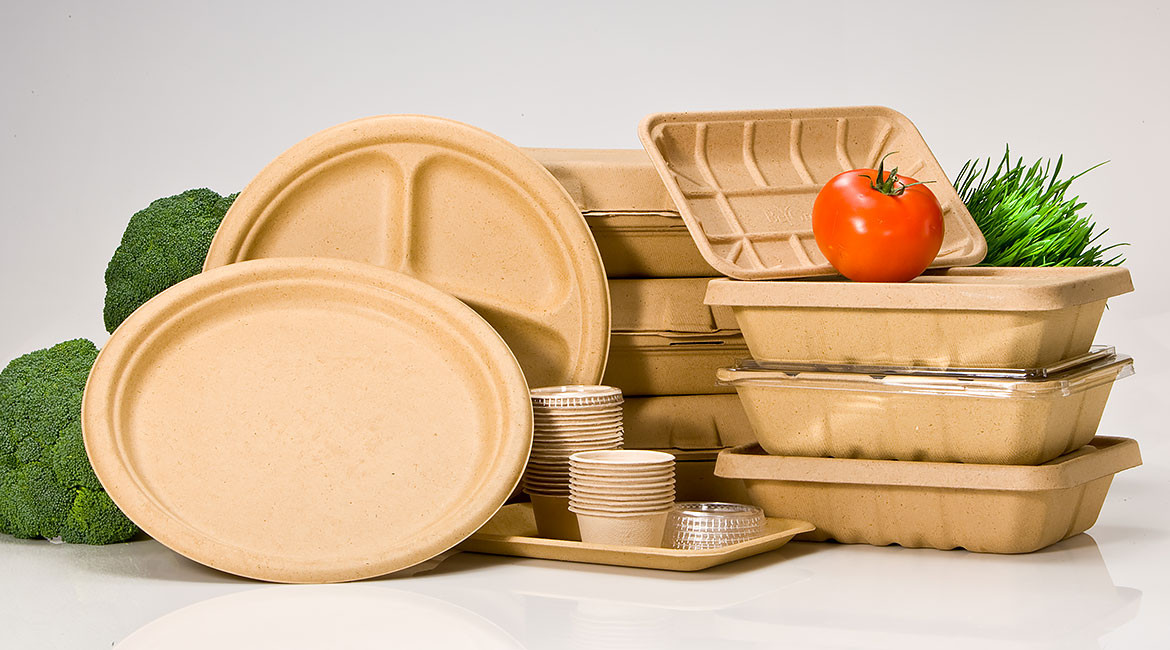

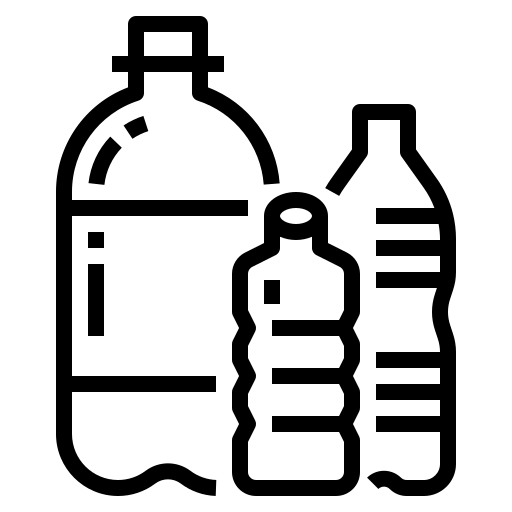
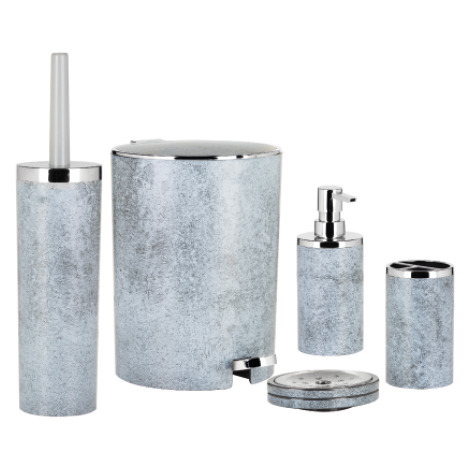

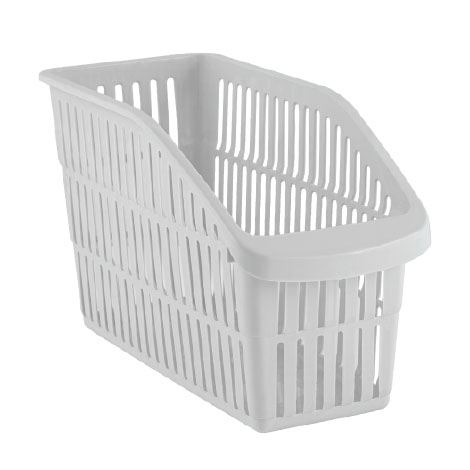
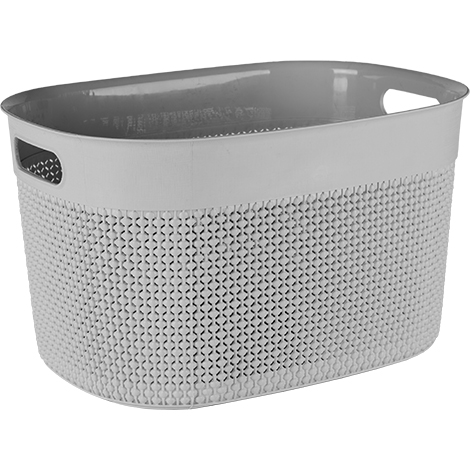
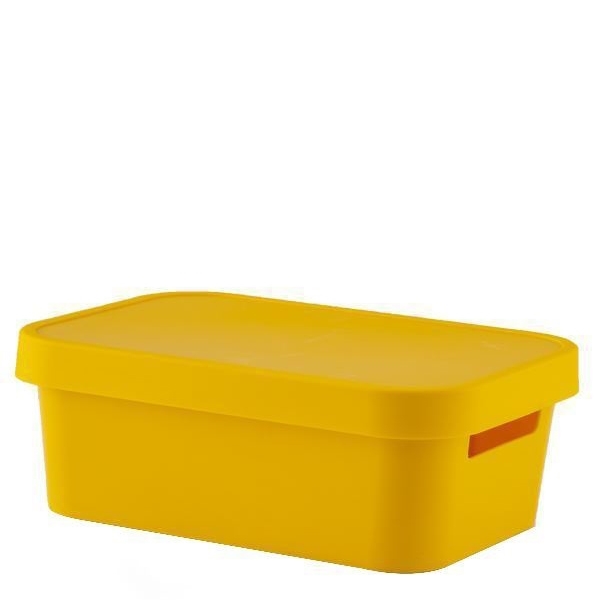
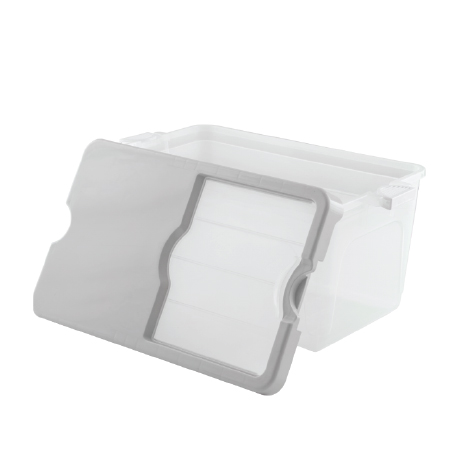
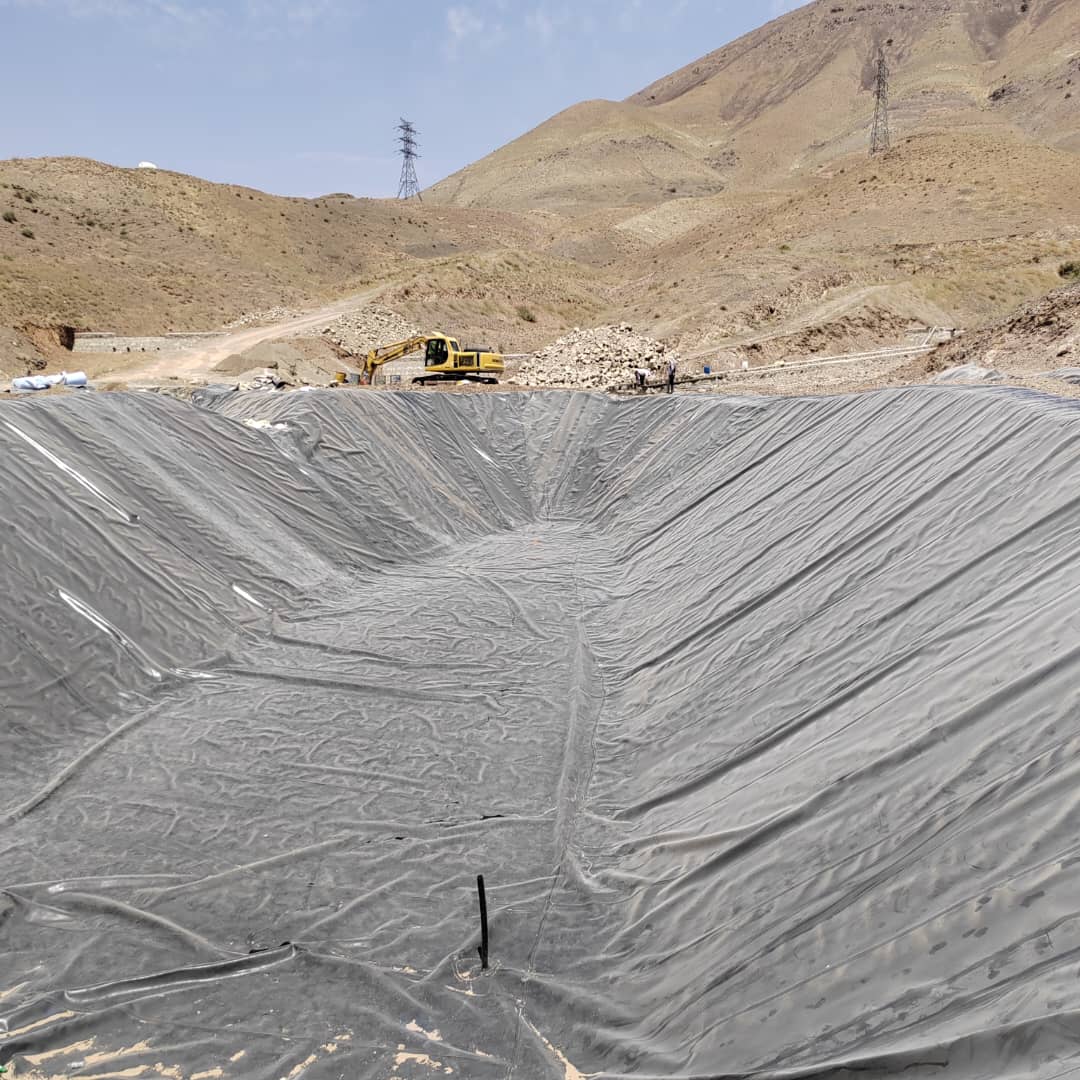

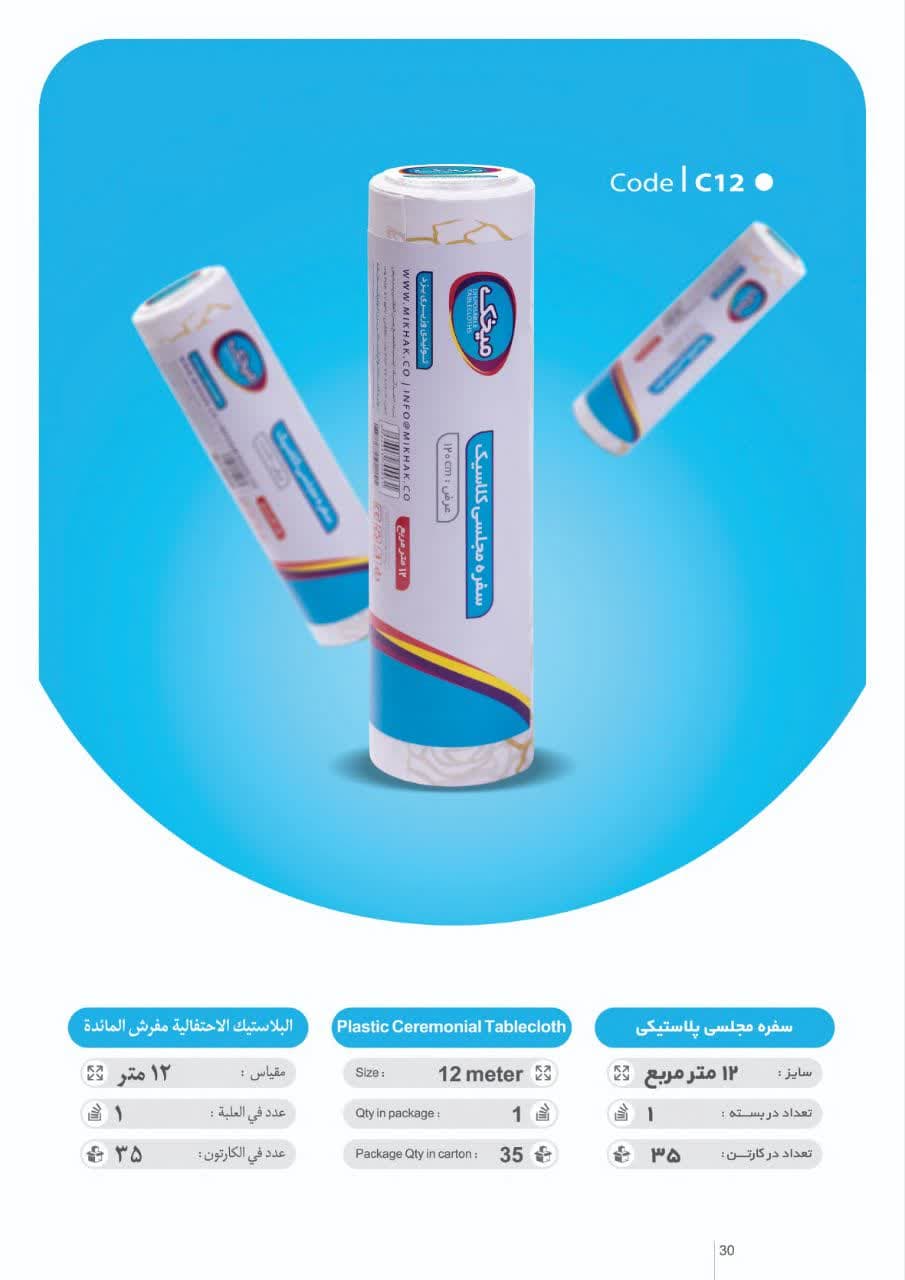
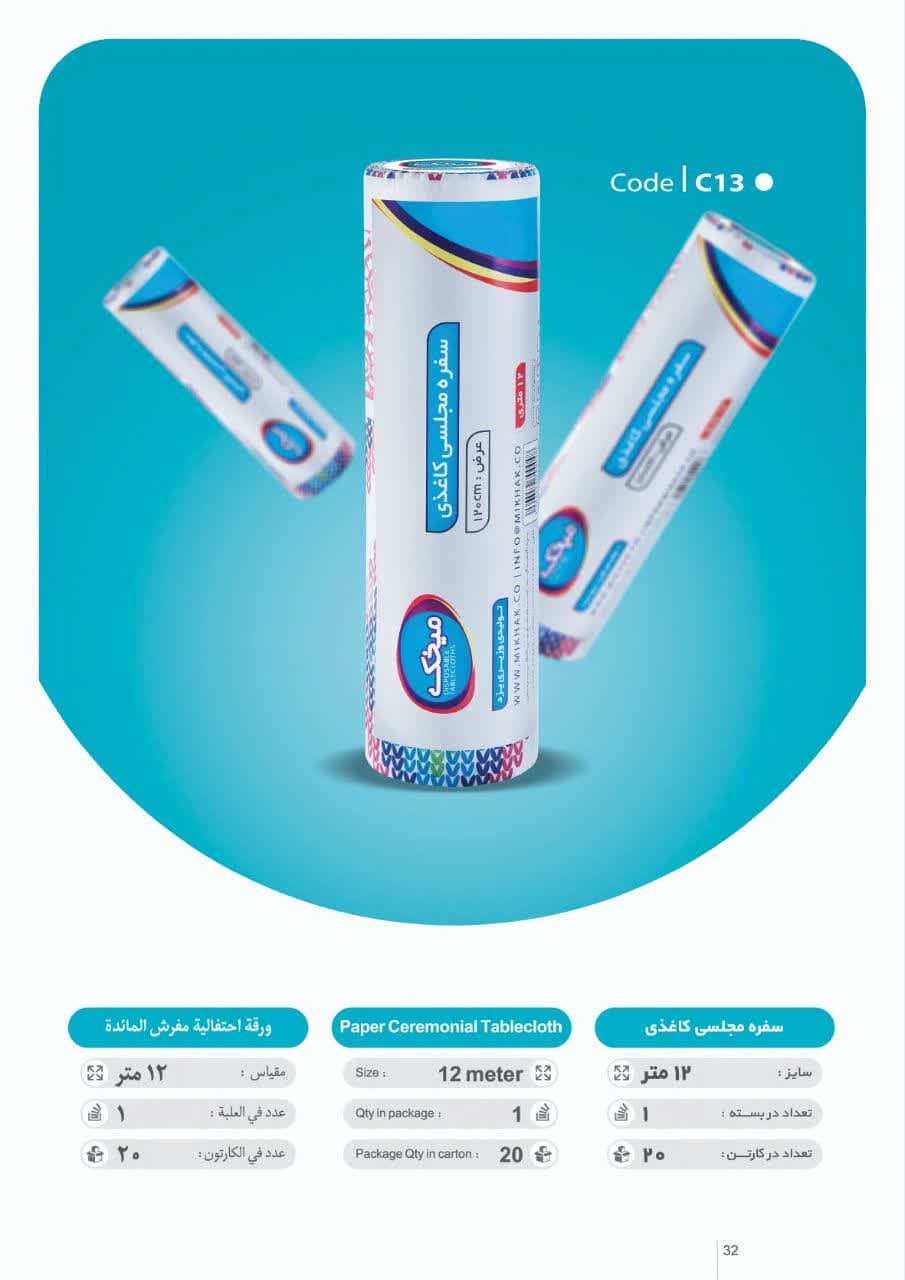
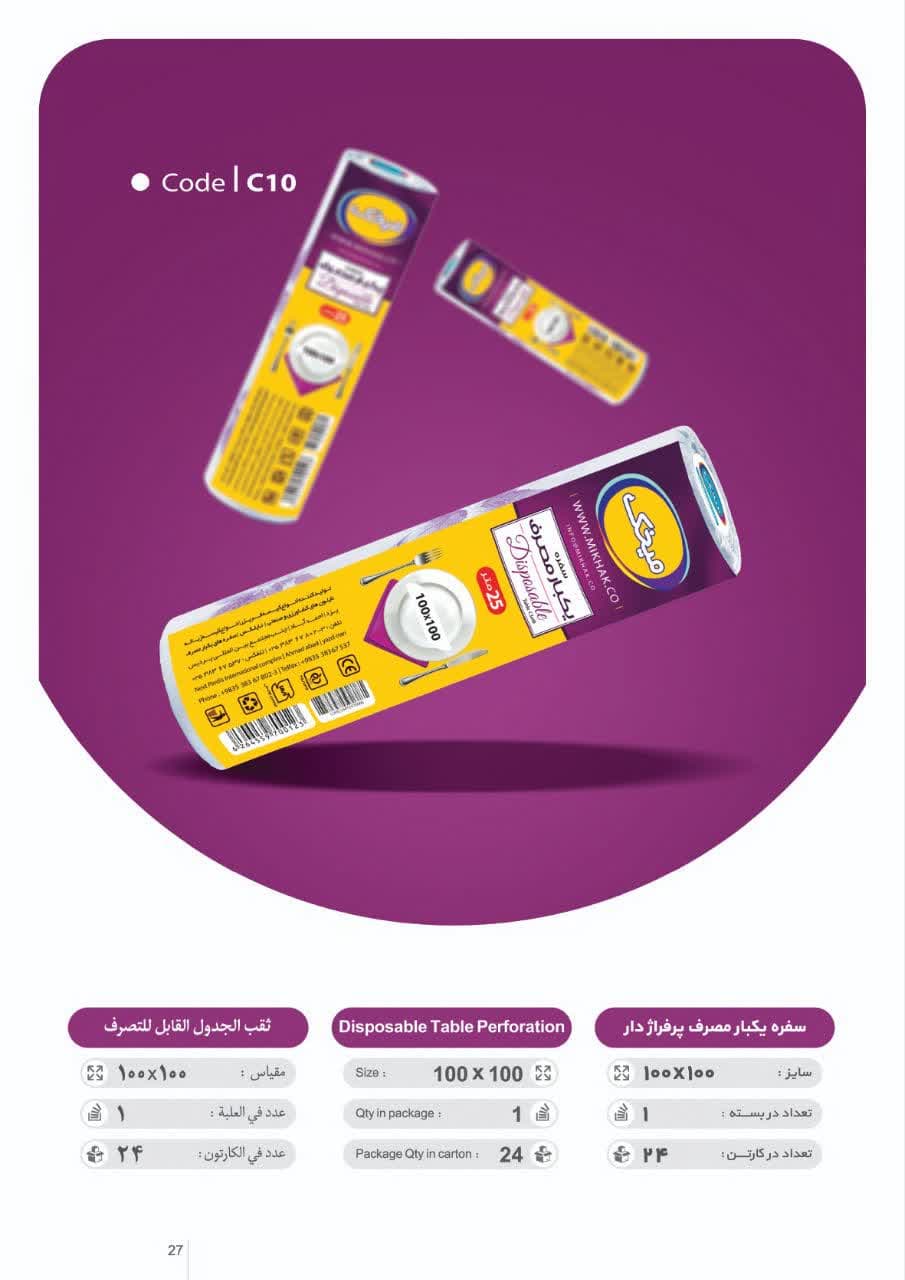
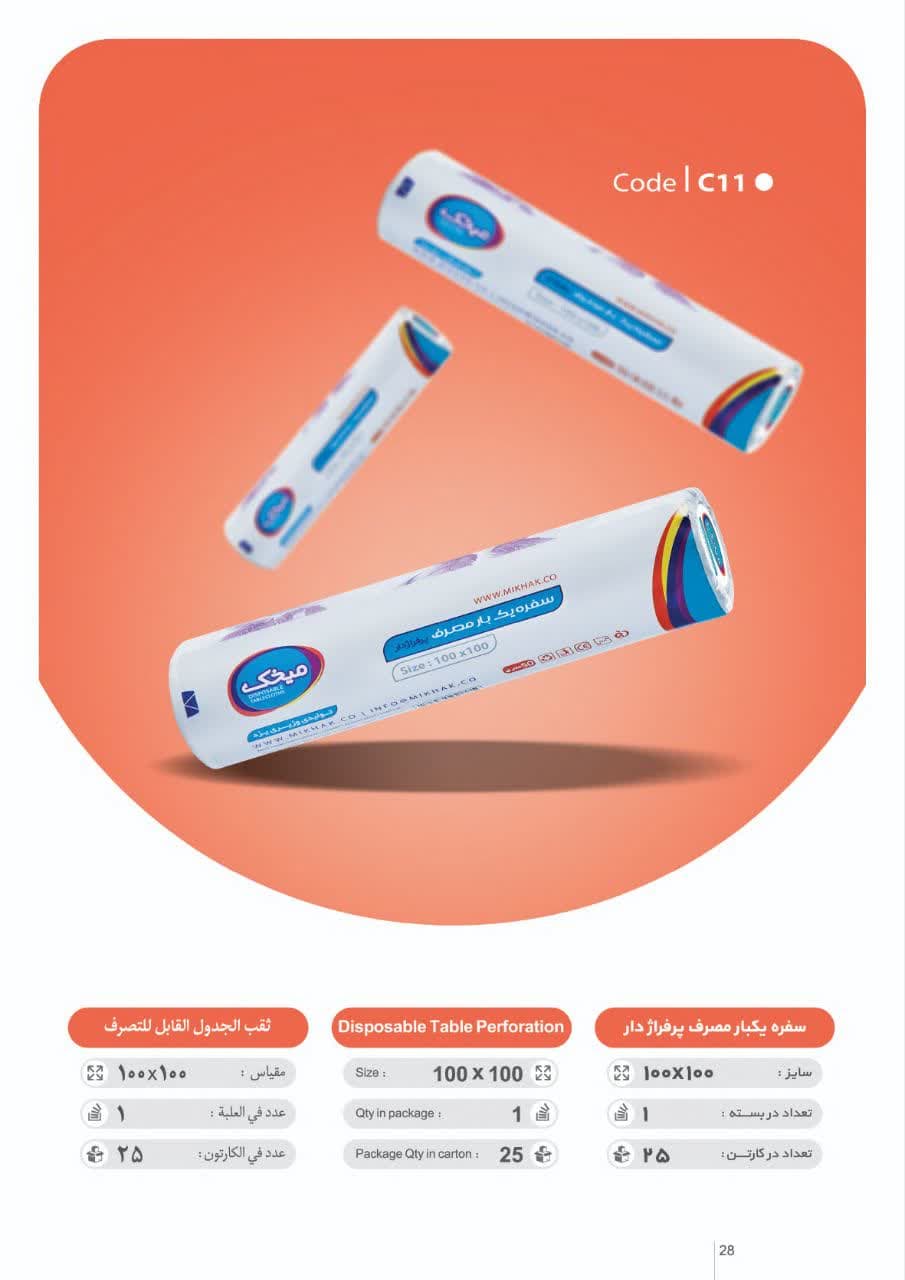

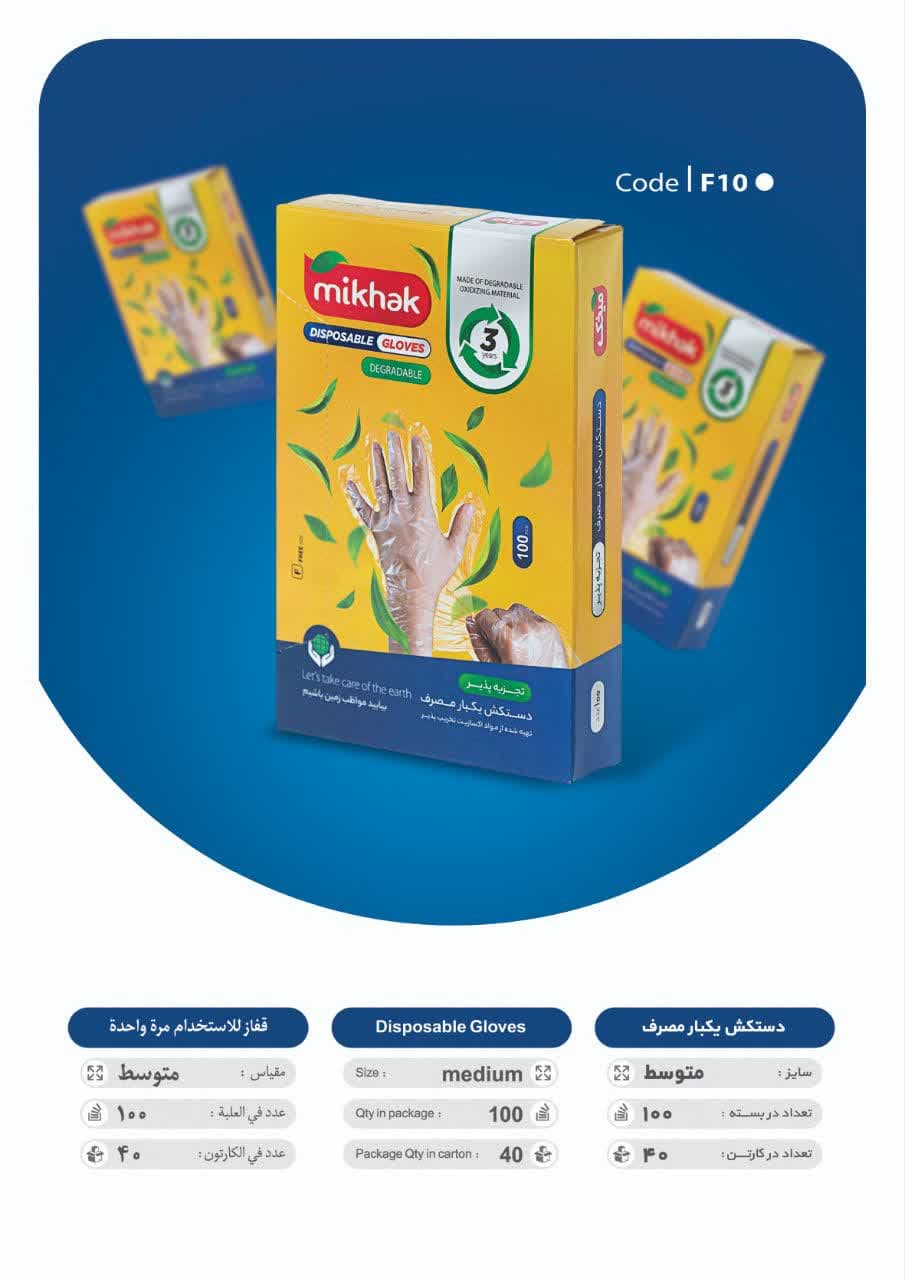
.png)
